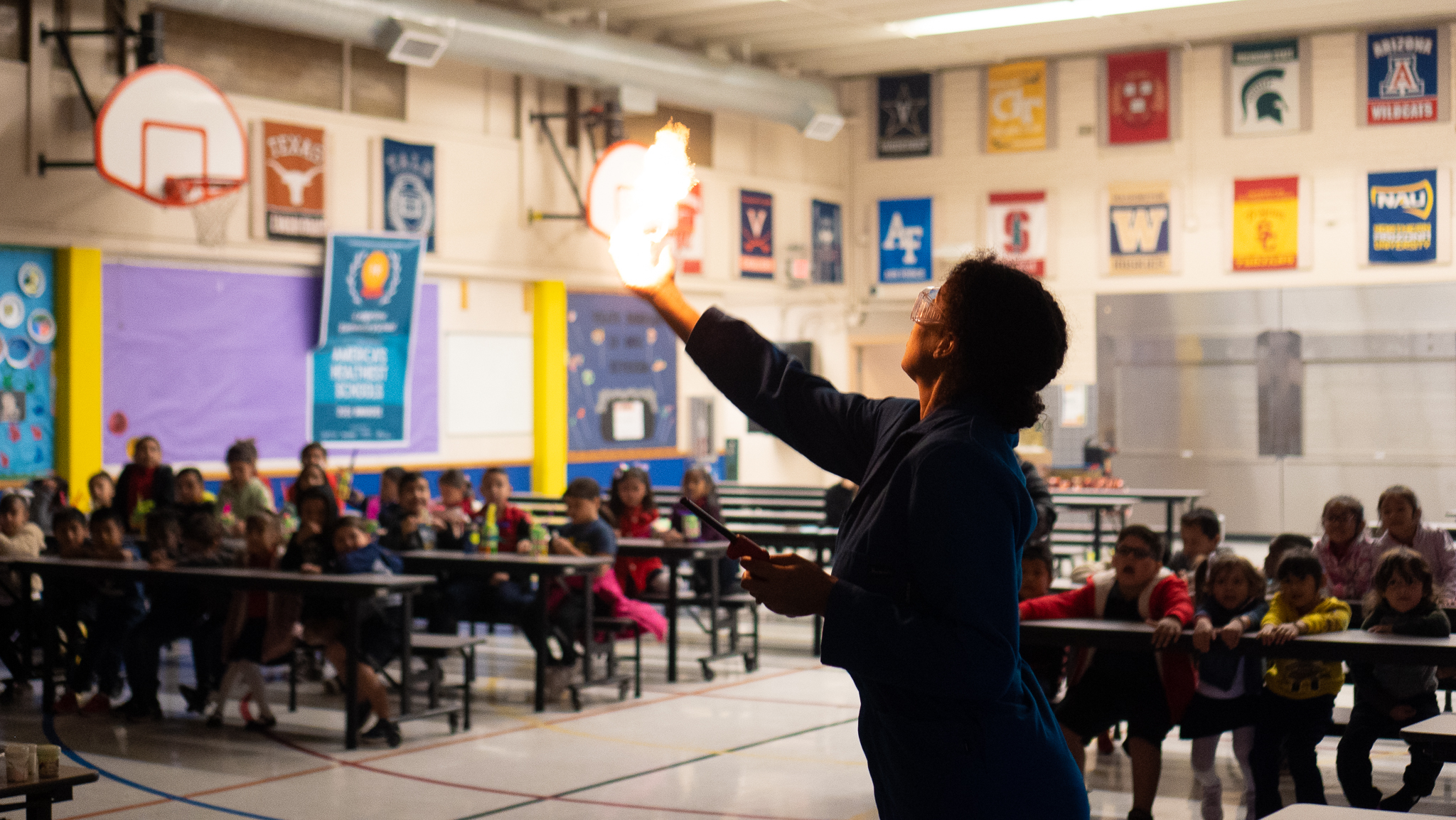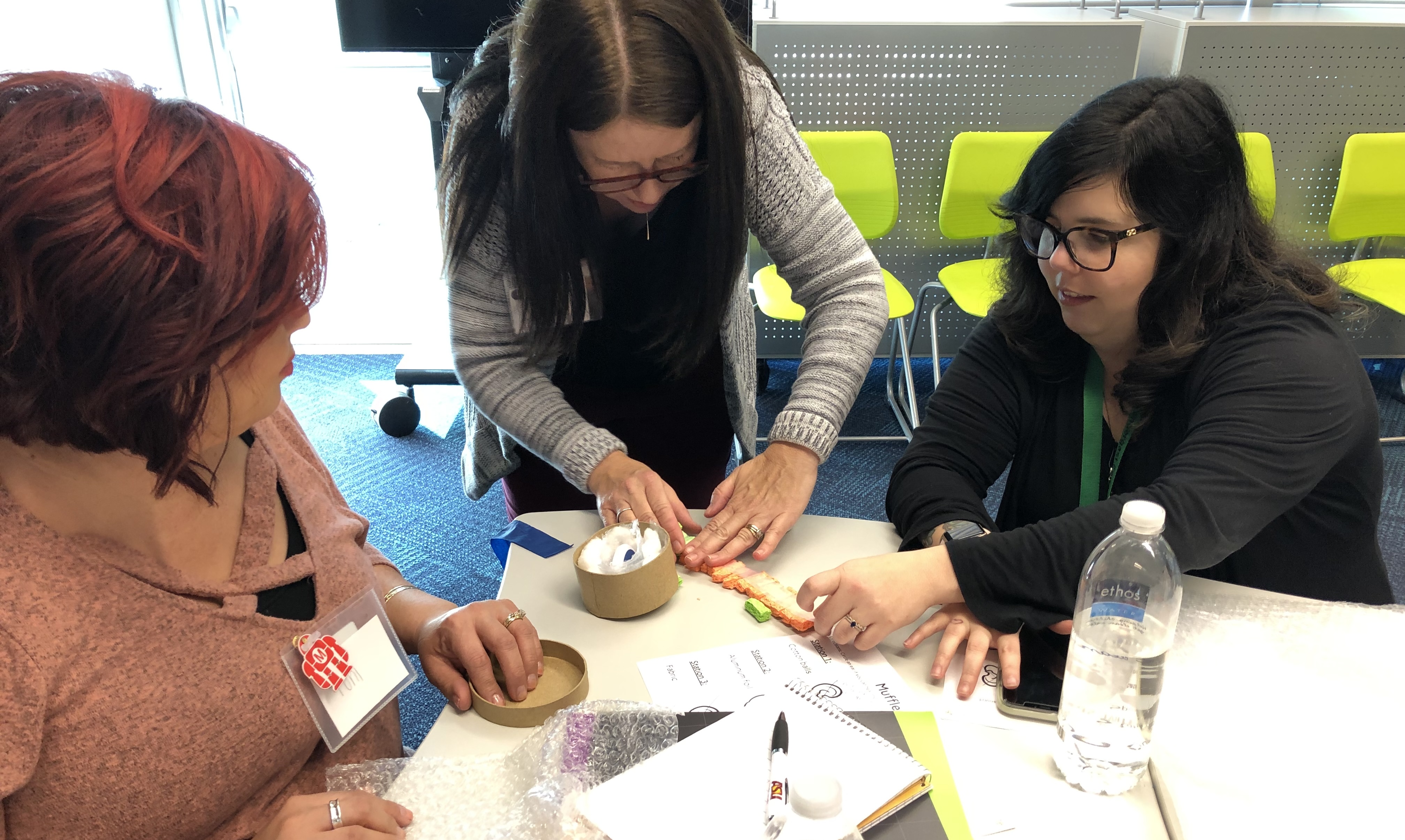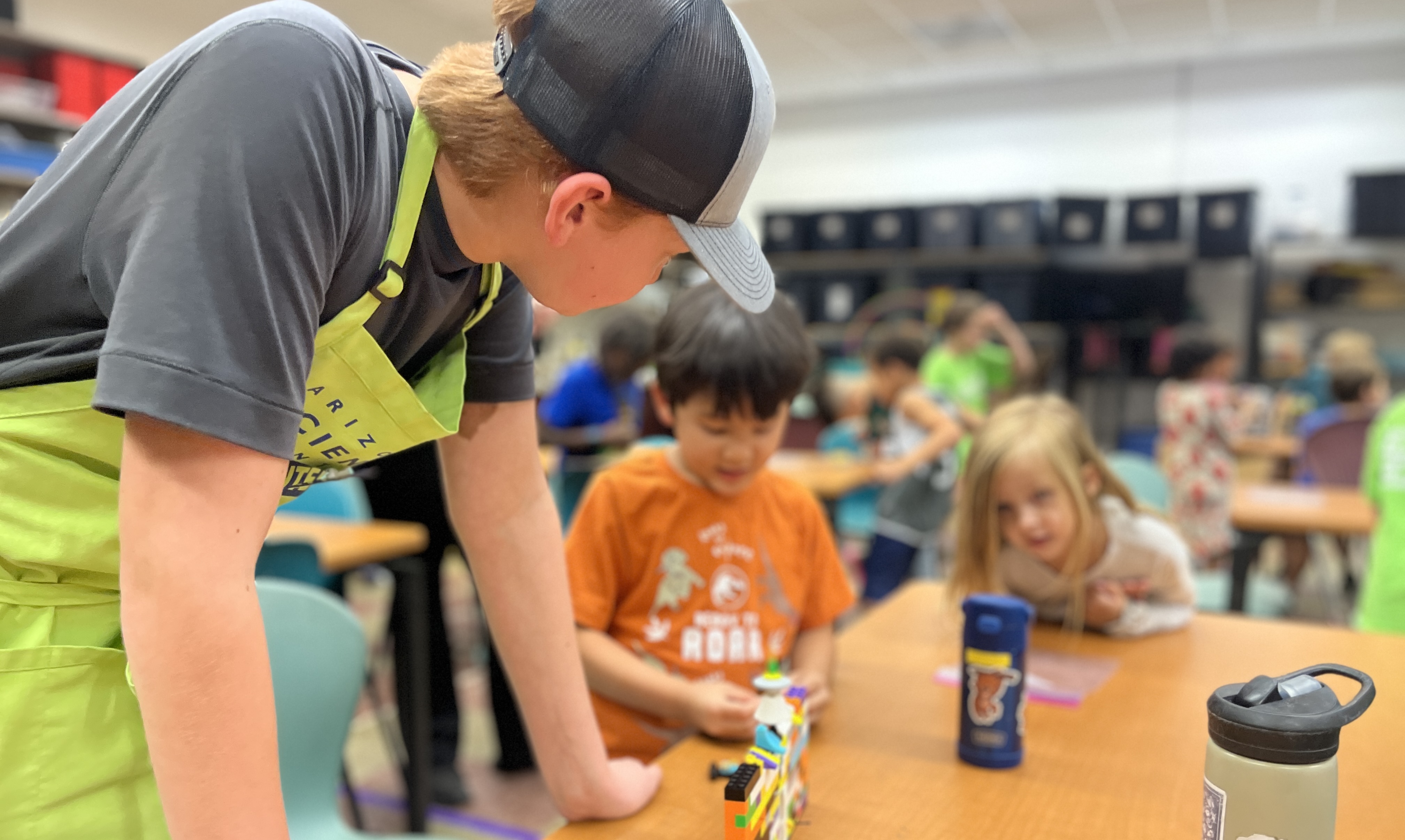Discover some of the amazing work happening in Arizona Science Center's Learning Programs.
Through a variety of innovative programs, Arizona Science Center sparks excitement at your site with programs ranging from large scale assemblies and family festivals to intimate classroom experiences.


Educators
Formal educational opportunities for educators, parents and others in the community.

Camps
When school's out, CAMP INNOVATION is in! Hands-on informal science programs for ages 5-12
Become A Member
Arizona Science Center Members enjoy year-long general admission, early entry on weekends, discounts on Planetarium and Giant Screen Theater tickets and much more. Explore our available Memberships today—they pay for themselves in as little as two visits!

